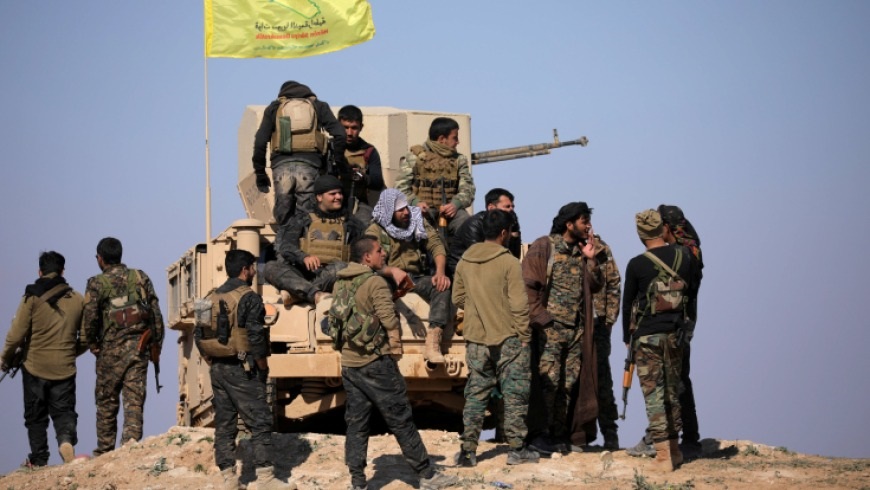SDF Reshapes Its Strategy… A Step to Avoid Turkish Escalation?
Mazloum Abdi, the Commander of the Syrian Democratic Forces (SDF), has reiterated in recent statements the importance of Syria’s territorial unity and the return of state institutions to the Jazira region, referencing the March 10, 2025 agreement with the Syrian government. These remarks coincided with a noticeably more restrained tone from SDF, especially after recent clashes in Sweida, raising questions about whether this shift signals a new strategic path or is simply an attempt to avoid potential Turkish military escalation.
Postponing Disputes, Focusing on Unity
In a televised interview, Abdi affirmed SDFs recognition of Syria’s territorial integrity and its call for decentralized governance, including Kurdish language recognition in Kurdish-majority areas. However, neither Abdi nor other SDF leaders have offered a clear mechanism for integrating their forces into the Syrian army—a sensitive and contentious issue still shrouded in uncertainty.
Abdi indicated that some SDF factions demand guarantees before agreeing to integration, particularly after developments in Sweida and the coastal regions, highlighting ongoing security tensions despite official statements.
Turkish Moves and Intense Diplomacy
Externally, Turkey has ramped up diplomatic and military activity in recent days. Defense Minister Yaşar Güler met with U.S. envoy Thomas Barak to seek American support for field operations in Syria. Reports suggest that Ankara has delivered batches of military equipment and armored vehicles to Damascus, indicating Turkish maneuvering on multiple fronts of the Syrian file.
Turkey remains wary of PKK movements between Iraq and Syria, particularly after the group announced it would lay down arms—something that could complicate Turkish pressure efforts on both the SDF and the Syrian state.
Contradictions Between Statements and Field Reality
Despite SDF’s assertions of commitment to unity agreements with Damascus, the facts on the ground suggest otherwise. The group continues to build fortifications in eastern Aleppo and supports local factions in Sweida that challenge the Syrian governments efforts to regain control. SDF also seeks backing from tribal leaders in Hasakah and Deir Ezzor to consolidate its self-administration—despite officially toning down use of that term.
These actions reflect a dual strategy: on one hand, negotiation and diplomacy; on the other, maintaining military strength and de facto autonomy—further complicating the Syrian landscape.
Political and Military Motives Behind the Apparent Calm
SDF’s new tone seems to stem from a need to balance its field and political gains with the threat of a potentially limited but devastating Turkish strike. It appears keen to avoid direct confrontation with Ankara and Damascus, especially given their growing cooperation against it. As a result, the group is making tactical political concessions to shield itself from imminent threats.
Conclusion
Mazloum Abdi’s renewed emphasis on Syria’s unity and the return of state institutions is likely a tactical move by the SDF to play multiple cards: signaling openness to a political solution, avoiding Turkish escalation, and preserving its military and administrative influence. However, major unresolved issues remain—especially the fate of the SDFs weapons and how, or whether, it will be incorporated into the Syrian army.


